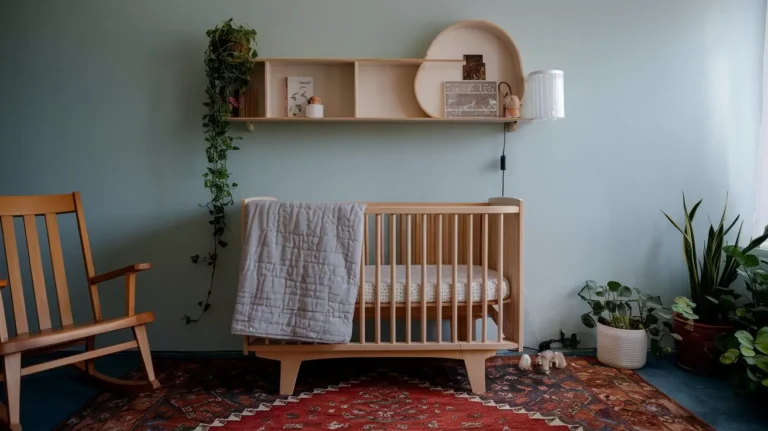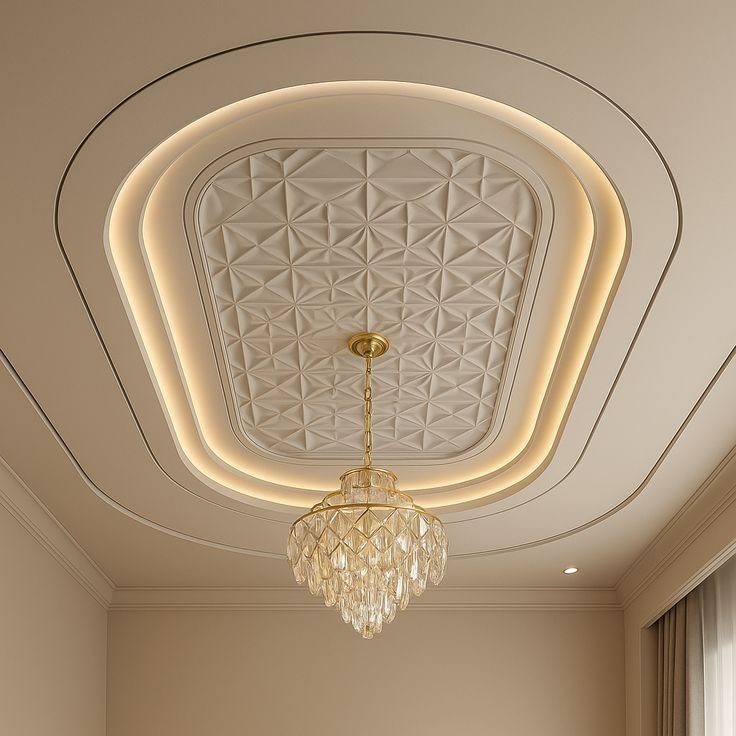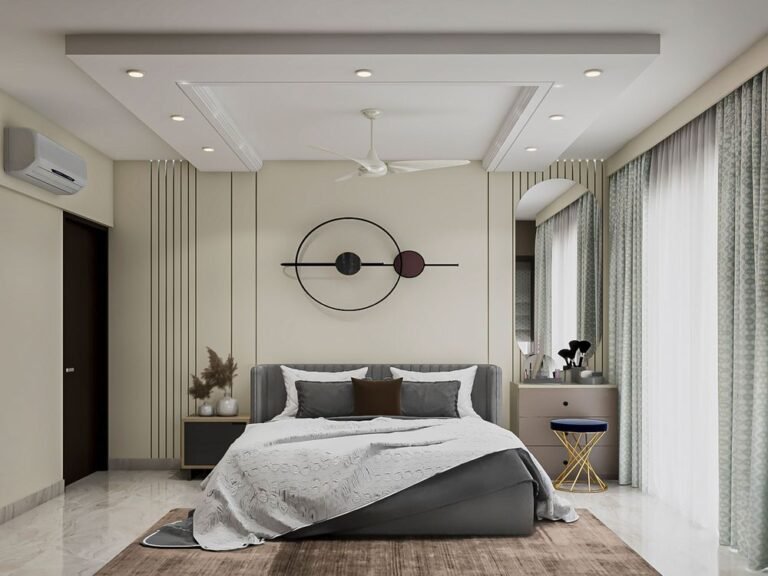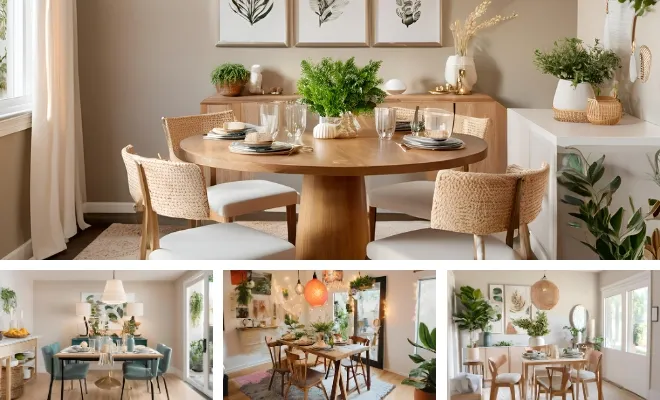20 Stylish Small U-Shaped Kitchens with Breakfast Bars for Cozy Dining

The U-shaped kitchen layout has long been celebrated for its efficiency and functionality, but when combined with a breakfast bar, it transforms into a social hub that maximizes both workspace and dining opportunities. In smaller homes, this combination proves particularly valuable, offering a perfect solution for those seeking to blend cooking convenience with casual dining space.
Modern design innovations have made it possible to incorporate stylish breakfast bars into even the most compact U-shaped kitchens, creating inviting spaces that serve multiple purposes without compromising on style or functionality. These thoughtful designs prove that limited space doesn’t mean limited possibilities.
Let’s explore 20 creative ways to integrate breakfast bars into small U-shaped kitchens, demonstrating how clever planning and design can transform your cooking space into an efficient and welcoming area for both meal preparation and casual dining.
1. Peninsula Breakfast Bar Extension
Transform one arm of your U-shaped kitchen into an extended breakfast bar that seamlessly transitions from workspace to dining area. This design maximizes functionality by creating a natural flow between cooking and dining zones while maintaining the kitchen’s efficient work triangle. Choose countertop materials that complement your kitchen’s design while ensuring durability for both food preparation and dining purposes.
2. Floating Counter Design
Implement a floating breakfast bar that extends from one of the kitchen walls, creating an illusion of more space. This contemporary approach keeps floor space open and visible, making the kitchen appear larger. Support the counter with hidden brackets for a sleek, minimalist look that adds modern sophistication to your U-shaped layout.
3. Multi-Level Countertops
Create visual interest and functional distinction by incorporating different counter heights. The higher level serves as a breakfast bar while concealing kitchen prep areas, and the lower level maintains efficient workspace for cooking. This design strategy helps define separate zones within the compact layout while maintaining an open feel.
4. Window-Facing Bar
Position your breakfast bar along a window wall to take advantage of natural light and views. This arrangement creates an appealing spot for morning coffee or casual meals while maximizing the feeling of openness in your small kitchen. Consider using slim-profile bar stools that can tuck completely under the counter when not in use.
5. Space-Saving Corner Integration
Utilize the corner space of your U-shaped kitchen by installing a curved or angled breakfast bar. This design makes efficient use of otherwise awkward corner spaces while providing comfortable seating that encourages conversation. The curved design softens the kitchen’s angular layout and creates a more inviting atmosphere.
6. Retractable Solutions
Install a fold-down or pull-out breakfast bar that can be tucked away when not in use. This innovative solution is perfect for extremely small kitchens where space is at a premium. Choose durable hardware and mechanisms that ensure smooth operation and long-term reliability.
7. Integrated Storage Design
Incorporate storage solutions within the breakfast bar structure, such as built-in shelving or cabinets. This dual-purpose design maximizes functionality in small spaces while maintaining a clean, organized appearance. Consider adding electrical outlets for convenient device charging during meals.
8. Slim-Profile Seating
Select streamlined bar stools that complement your kitchen’s style while minimizing spatial impact. Look for backless designs or stools with minimal profiles that can be completely concealed beneath the counter when not in use. Choose materials that are both durable and easy to clean.
9. Lighting Optimization
Install targeted lighting above the breakfast bar area to create ambiance and ensure proper illumination for dining. Pendant lights or adjustable sconces can define the space while adding style. Consider dimmable options to transition from task lighting to mood lighting as needed.
10. Material Contrast
Use contrasting materials or colors for the breakfast bar to distinguish it from the main kitchen counters. This visual separation helps define the dining space while adding design interest. Ensure materials are both aesthetically pleasing and practical for regular use.
11. Compact Appliance Integration
Incorporate small appliances like wine fridges or beverage centers beneath the breakfast bar. This strategic placement keeps frequently used items accessible while maximizing storage in the main kitchen area. Choose energy-efficient models that fit perfectly within the designated space.
12. Versatile Work Surface
Design your breakfast bar to serve multiple functions, from casual dining to homework station or home office. Include features like built-in charging stations or pull-out work surfaces to enhance functionality. Consider using durable, stain-resistant materials that can withstand various activities.
13. Open Shelving Display
Add open shelving above or beside the breakfast bar for displaying decorative items or storing frequently used dishes. This design element adds personality while keeping essential items within easy reach. Use a mix of closed and open storage to maintain a balanced look.
14. Traffic Flow Optimization
Position the breakfast bar to maintain clear pathways through the kitchen. Ensure there’s adequate space between the bar and other kitchen elements for comfortable movement. Consider the natural flow of traffic when planning seating arrangements.
15. Decorative Element Integration
Incorporate decorative elements like pendant lights, artwork, or plants near the breakfast bar to create visual interest. These touches help define the dining space while adding personality to your kitchen. Choose elements that complement your overall design scheme.
16. Flexible Seating Options
Select adjustable or movable seating that can accommodate different needs and users. Consider stools with swivel capabilities or height adjustment features for maximum comfort. Choose seating that can be easily rearranged for various social situations.
17. Surface Pattern Interest
Use interesting patterns or textures in your breakfast bar surface to create visual appeal. Consider materials like waterfall edges or unique tile designs that make the bar a focal point. Ensure patterns complement rather than compete with other kitchen elements.
18. Color Coordination
Coordinate the breakfast bar area with your kitchen’s color scheme while adding subtle variations for interest. Use complementary colors in seating upholstery or accent pieces. Create a cohesive look that flows naturally with the rest of your kitchen design.
19. Practical Storage Solutions
Incorporate hidden storage within the breakfast bar structure for items like placemats, napkins, or extra serving pieces. Design pull-out drawers or cabinets that maximize every inch of available space. Keep frequently used items easily accessible.
20. Acoustic Considerations
Include sound-absorbing elements in your breakfast bar design to minimize noise from dishes and conversation. Consider using materials like cork or fabric-covered seating to help dampen sound. Create a comfortable atmosphere for both cooking and dining.
Frequently Asked Questions
Q. What’s the minimum space needed for a U-shaped kitchen with a breakfast bar?
Ans. A functional U-shaped kitchen with a breakfast bar typically requires at least 10 feet by 10 feet of space. However, creative solutions can work in smaller areas by using space-saving features like retractable bars or slim-profile seating.
Q. How many people can typically sit at a small U-shaped kitchen breakfast bar?
Ans. Most small U-shaped kitchen breakfast bars can comfortably accommodate 2-3 people. The exact number depends on the counter length and the width of the bar stools chosen.
Q. What’s the ideal breakfast bar height for comfortable dining?
Ans. Standard breakfast bar height is typically 42 inches, with bar stools measuring 30 inches high. For counter-height bars, the surface should be 36 inches high with 24-inch stools.
Conclusion
Small U-shaped kitchens with breakfast bars demonstrate that thoughtful design can create highly functional spaces that serve multiple purposes. By incorporating these ideas and adapting them to your specific needs, you can create a kitchen that maximizes both preparation and dining space while maintaining style and comfort.
Remember that successful kitchen design is about finding the right balance between functionality and aesthetics. Whether you’re renovating an existing kitchen or planning a new one, these ideas can help you create a space that works efficiently while providing a welcoming spot for casual dining and social interaction.






